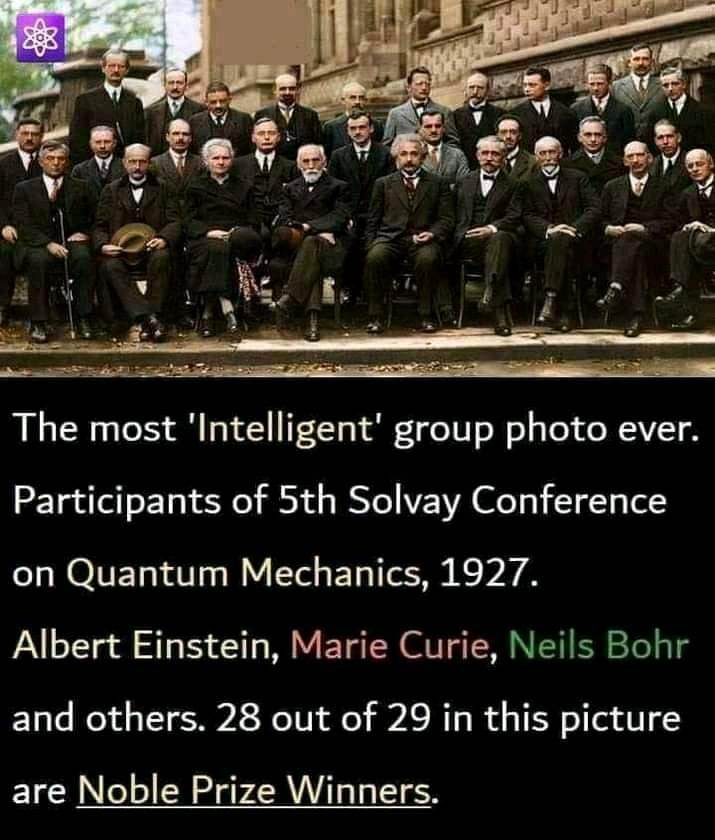
Get the latest international news and world events from around the world.

After years of failure, Elon Musk’s Boring Company claims it will finally test a full-scale Hyperloop this year
Despite nearly a decade of effort, no one has been able to design a working prototype.
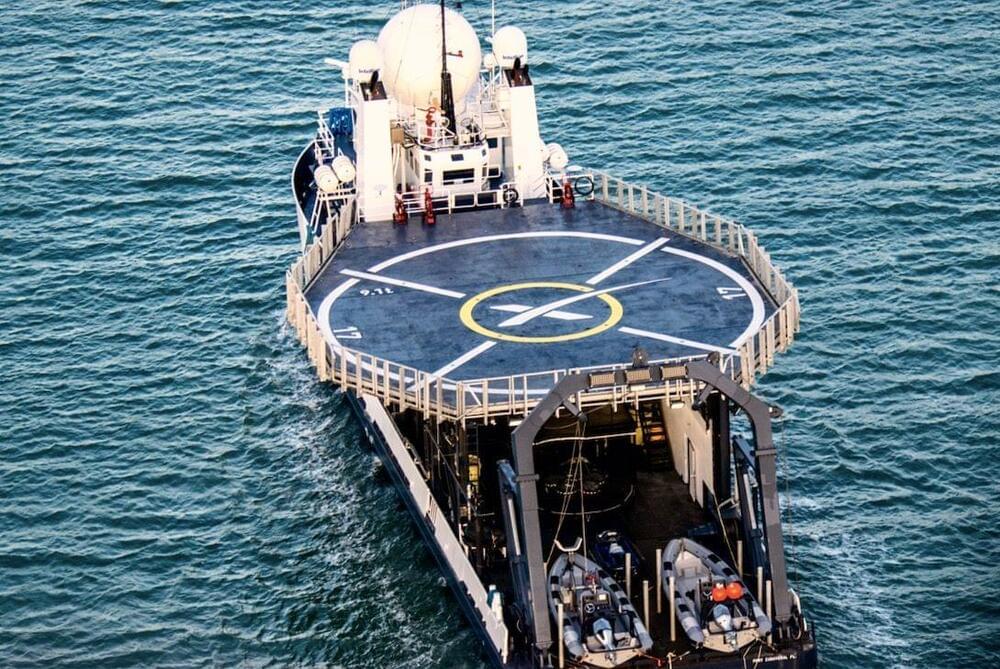
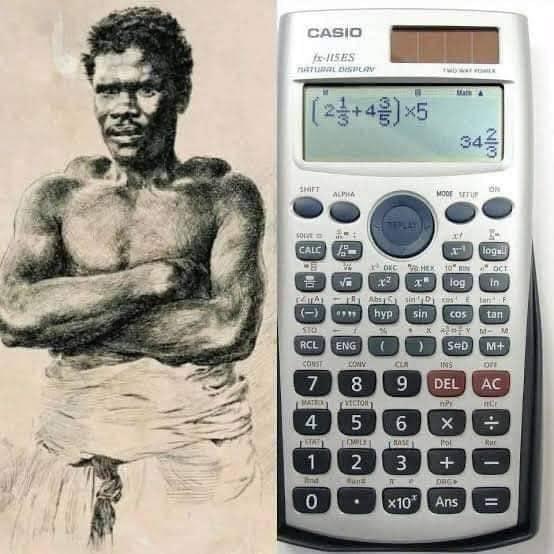
The Human Calculator
Thomas Fuller, an African sold into slavery in 1,724 at age 14, was sometimes known as the “Virginia Calculator” for his extraordinary ability to solve complex mathematical problems in his head. He was asked how many seconds there were in a year, he briefly answered 31,536,000 seconds.
He was asked again how many seconds a man who is 70 years old, 17 days and 12 hours lived, he answered in a minute and a half 2,210,500,800. One of the men was doing the problems on paper and informed Fuller that he was wrong because the answer was much smaller. Fuller hastily responded, “Nah, you forgot about leap years. When leap years were added to the account, the sums matched up.”
Fuller was one of the first cases recorded in the literature of the wise man syndrome, when in 1,789, Benjamin Rush, the father of American psychiatry, described his incredible ability to calculate, without having an education and training in mathematics, his ability was used as proof that enslaved African Americans were equal to whites in intelligence, fueling some pro-abolitionist discussions.
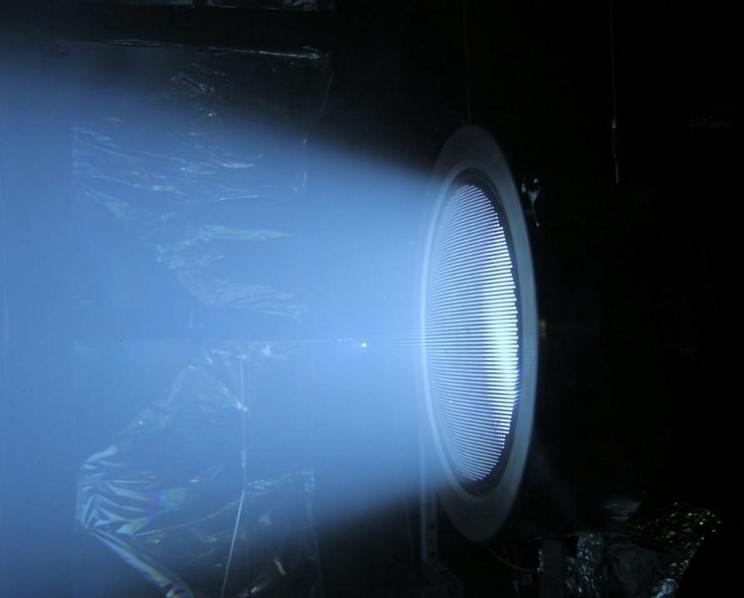

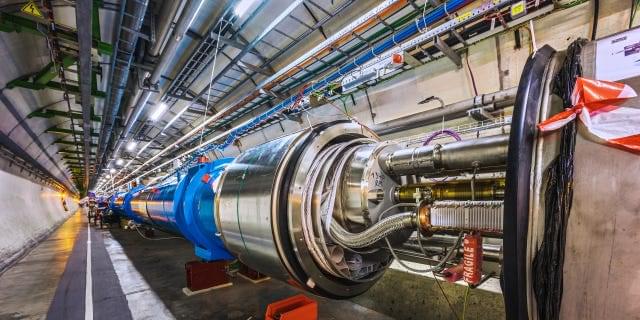
The Large Hadron Collider Is Back and Ready to Hunt for Dark Matter
Are you ready?
In the control room at CERN (The European Center for Nuclear Research) is a row of empty champagne bottles. Scientists popped open each one to celebrate a successful landmark, like the discovery of the Higgs boson particle, the long-elusive particle that gives all other subatomic particles their mass.
⚛️ Science explains the world around us. We’ll help you unravel its mysteries.

Urban-Air Port opens first functional eVTOL vertiport for delivery drones and flying taxis
Builder of infrastructure for drone delivery and eVTOL air taxi vehicles, Urban-Air Port opens its first fully functional vertiport.
Urban-Air Port, the London-based developer of vertiports for delivery drones and electronic takeoff and landing (eVTOL) vehicles like air taxis, has opened the doors of its first functional aerial hub – one of 200 terminals it plans to build around the globe in the near future.
Awaiting those, Urban-Air Port will open the hub to visitors for a look at what future urban air travel will be like (complete with screens listing departing flights and destinations it expects to host). The facility includes off-grid hydrogen eVTOL vehicle charging stations; an elevated takeoff and landing platform; security checks and passenger waiting zones; a cargo drone area; and spaces for its host of retail brand partners.

Chip startups using light instead of wires gaining speed and investments
April 26 (Reuters) — Computers using light rather than electric currents for processing, only years ago seen as research projects, are gaining traction and startups that have solved the engineering challenge of using photons in chips are getting big funding.
In the latest example, Ayar Labs, a startup developing this technology called silicon photonics, said on Tuesday it had raised $130 million from investors including chip giant Nvidia Corp (NVDA.O).
While the transistor-based silicon chip has increased computing power exponentially over past decades as transistors have reached the width of several atoms, shrinking them further is challenging. Not only is it hard to make something so miniscule, but as they get smaller, signals can bleed between them.